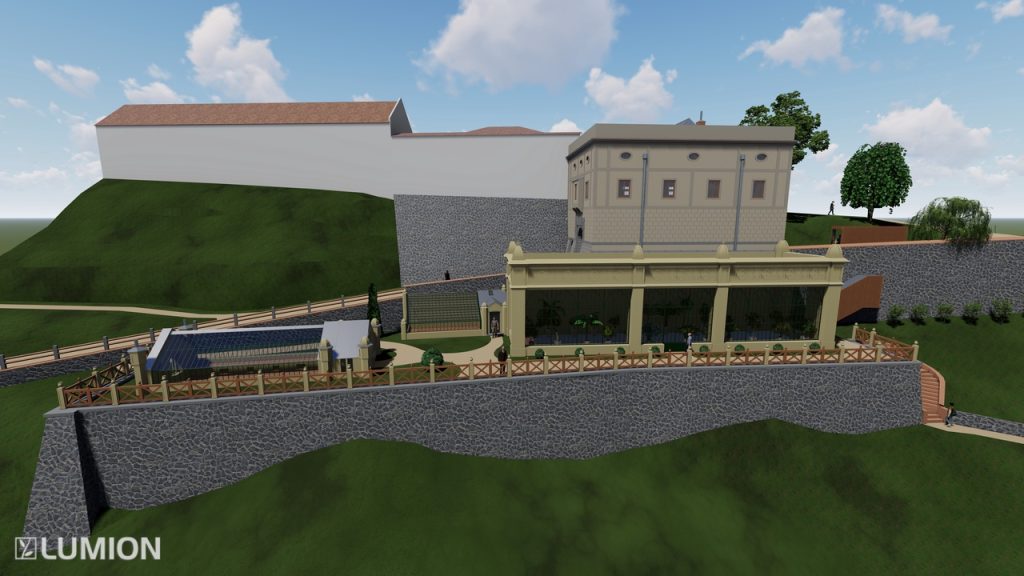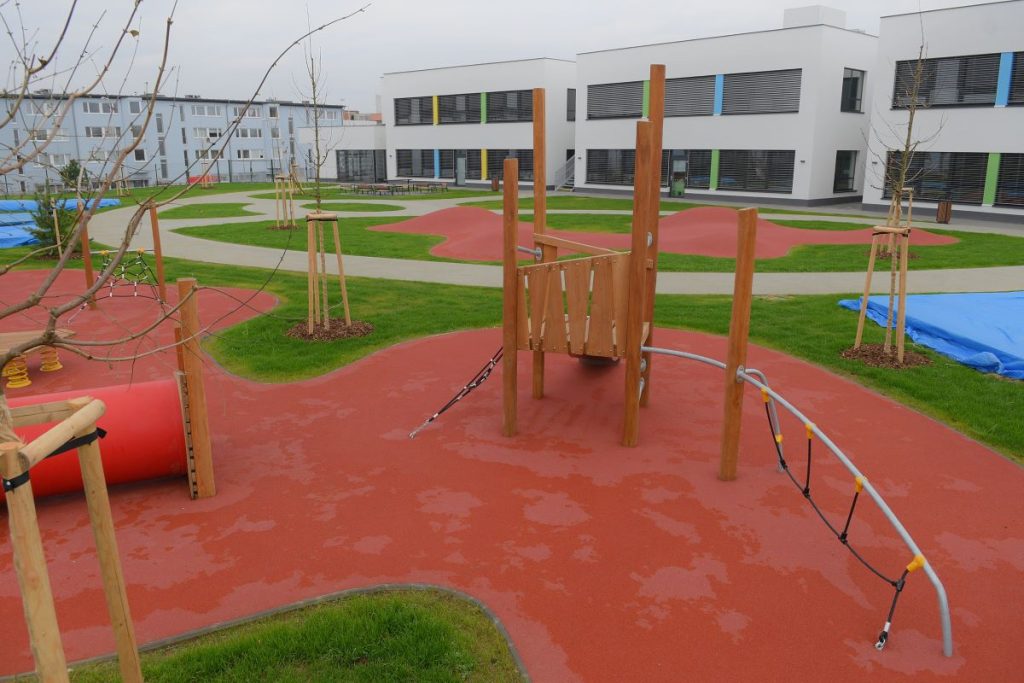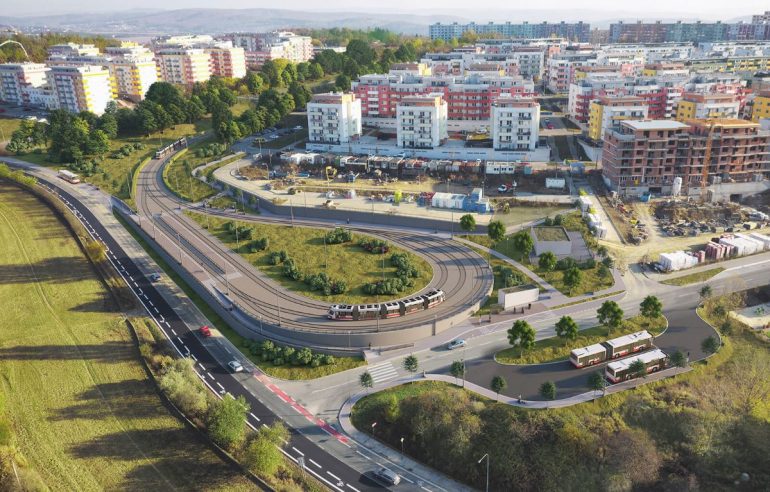Brno’s metropolitan area, which incorporates 184 surrounding municipalities, is successful in obtaining European money. For example, the area has received more funds than any other metropolitan area in the country to build kindergartens. What else are EU subsidies being used for? The Steering Committee of the Brno Metropolitan Region (BMO) meets approximately five times a year to discuss exactly this.
“Representatives of Brno and all other municipalities in our wider area meet here, as well as the South Moravian Region and non-profit organisations,” explained Petr Šašinka, head of the municipal department of Integrated Territorial Investments (ITI) management and metropolitan cooperation. “They approve individual projects for which funds are allocated from the European Union via the ITI mechanism. These are matters whose importance goes beyond the boundaries of one municipality and which affect a larger area. In ten years of operation, over CZK 5.5 billion has flowed into BMO in this way, and another CZK 8 billion will be invested over the next five years.”
Last year alone, 49 projects for a total of CZK 4 billion successfully passed through the committee in this way. Almost half of them were related to education. “Most young children live in villages in the immediate hinterland of the city of Brno, due to intensive suburbanization,” explained Šašinka. “We are consistently analysing the territory and plan to expand the current nurseries or build new ones exactly where they are most needed. Thanks to this, BMO has the most funds for this activity of all metropolitan areas in the Czech Republic.”
Šašinka listed among the most important projects the expansion of the Slatina kindergarten on Přemyslovo náměstí and the construction of a new kindergarten on Šámalová in Židenice. Children can also enjoy education points at the Brno Zoo and a new exhibition at VIDA! science centre.

A significant part of the funds are also allocated to transport constructions, especially the planned extension of the tram line to Kamechy. The approximately 1.4-kilometre track with three new stops and a more than 300-metre tunnel is expected to cost CZK 3.4 billion, of which CZK 2.4 billion will be covered by the subsidy.
Also thanks to EU financial support, there will soon be more opportunities for trips in the area. One of these is the so-called integrated solution for Rosa Coeli in Dolní Kounice; the entire project includes the historic restoration of the monastery, the construction of an information centre, the revitalization and accessibility of the adjacent garden, and the connection of Ivančice and Dolní Kounice via a bicycle path.
The subsidies will also help create a new interactive exhibition at Slavkov Castle about the Battle of Slavkov and the daily life of the soldiers of the participating armies. In Rosice, an exhibition is being prepared about the patrons of culture Meda and Jan Mládek, who are buried in the town. The greenhouse terrace will come back to life at Veveří Castle, with the preservation of the historical structure and the creation of a relaxation zone with scenic views of the castle and the dam.

In the current period (from 2021), thanks to the ITI tool, CZK 8 billion is allocated for the development of the Brno metropolitan area. So far, 79 projects worth CZK 5.5 billion have been approved. Further calls will be announced in the spring, this time focusing on the infrastructure of social services, social housing, blue-green infrastructure and transport. All projects should be completed by 2027.
More detailed information is available on the metropolitni.brno.cz website.








